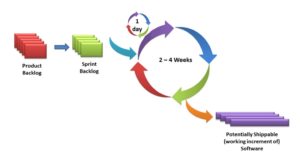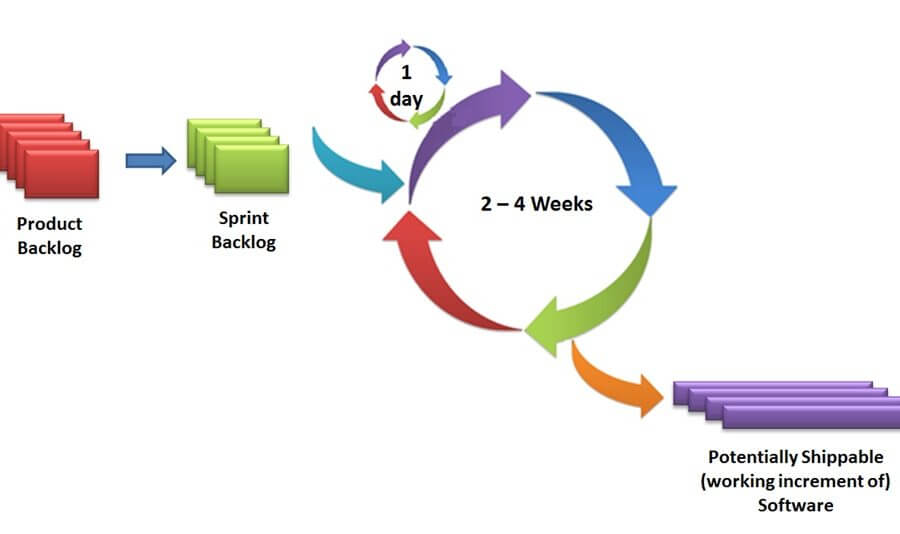What Are Sprints?
Before understanding the benefits of sprints in product development, you must know what a sprint is. In Agile development, a sprint is a short, usually 2-week block of time in which a well-defined set of tasks are completed. Sprints are usually concise in requirements and goals. At the end of every sprint, the team should produce working pieces of software. Usually, the team plans sprints. Once someone has prepared the team’s tasks and requirements, the team will estimate and commit to a particular sprint goal.
When it comes to product development, sprints can be beneficial for many reasons. Here are some of the top benefits of sprints in product development.
Sprints provide schedules and minimize risk through sprint planning
 The product development team will know the exact work they are expected to perform and complete by the end of the sprint along with the requirements of that work. The team will fine-tune their requirements and priorities. The team usually defines the scope of the user stories, tasks, bugs, and technical requirements. This is all done in the sprint planning meeting, which addresses the problem the sprint will need to solve. This, in turn, will help to minimize risk in the project.
The product development team will know the exact work they are expected to perform and complete by the end of the sprint along with the requirements of that work. The team will fine-tune their requirements and priorities. The team usually defines the scope of the user stories, tasks, bugs, and technical requirements. This is all done in the sprint planning meeting, which addresses the problem the sprint will need to solve. This, in turn, will help to minimize risk in the project.
Sprints provide opportunities for daily check-ins that help with speed, flexibility, and transparency
As part of the scrum process, the team usually has daily standups to discuss what they did the day prior, their plans for the current day, and if they have any things blocking their progress. This open communication and transparency are excellent for sprints since they tend to be fast-paced and flexible. It allows the team to quickly address issues in the project and clear roadblocks to keep the sprint moving forward.
Sprint goals aim to provide working pieces of software at the end via sprint reviews
 The results of a sprint goal are usually to provide a piece of working software that the team can demo to critical stakeholders. These are sprint review meetings; in these meetings, the team will be able to demonstrate what they did and get valuable feedback from the product owner and other stakeholders, along with suggestions for the next sprint.
The results of a sprint goal are usually to provide a piece of working software that the team can demo to critical stakeholders. These are sprint review meetings; in these meetings, the team will be able to demonstrate what they did and get valuable feedback from the product owner and other stakeholders, along with suggestions for the next sprint.
Sprints have retrospectives that aim to improve performance and quality
At the end of every sprint, there should be a retrospective. The purpose of the retrospective is for the team to meet and review how they did in the sprint. From this meeting, the team should be able to leave with clear action items for improvement because retrospectives give a team a way to look back and analyze what went right and what went wrong in their sprints so they can do better in the next one, it is not advised to skip retrospectives.

